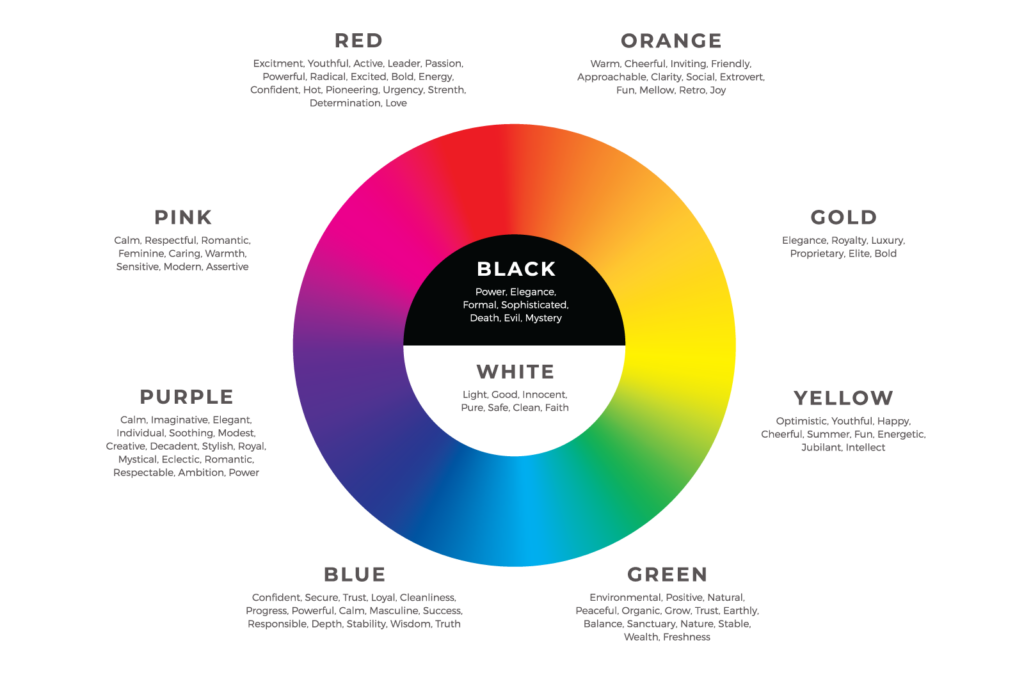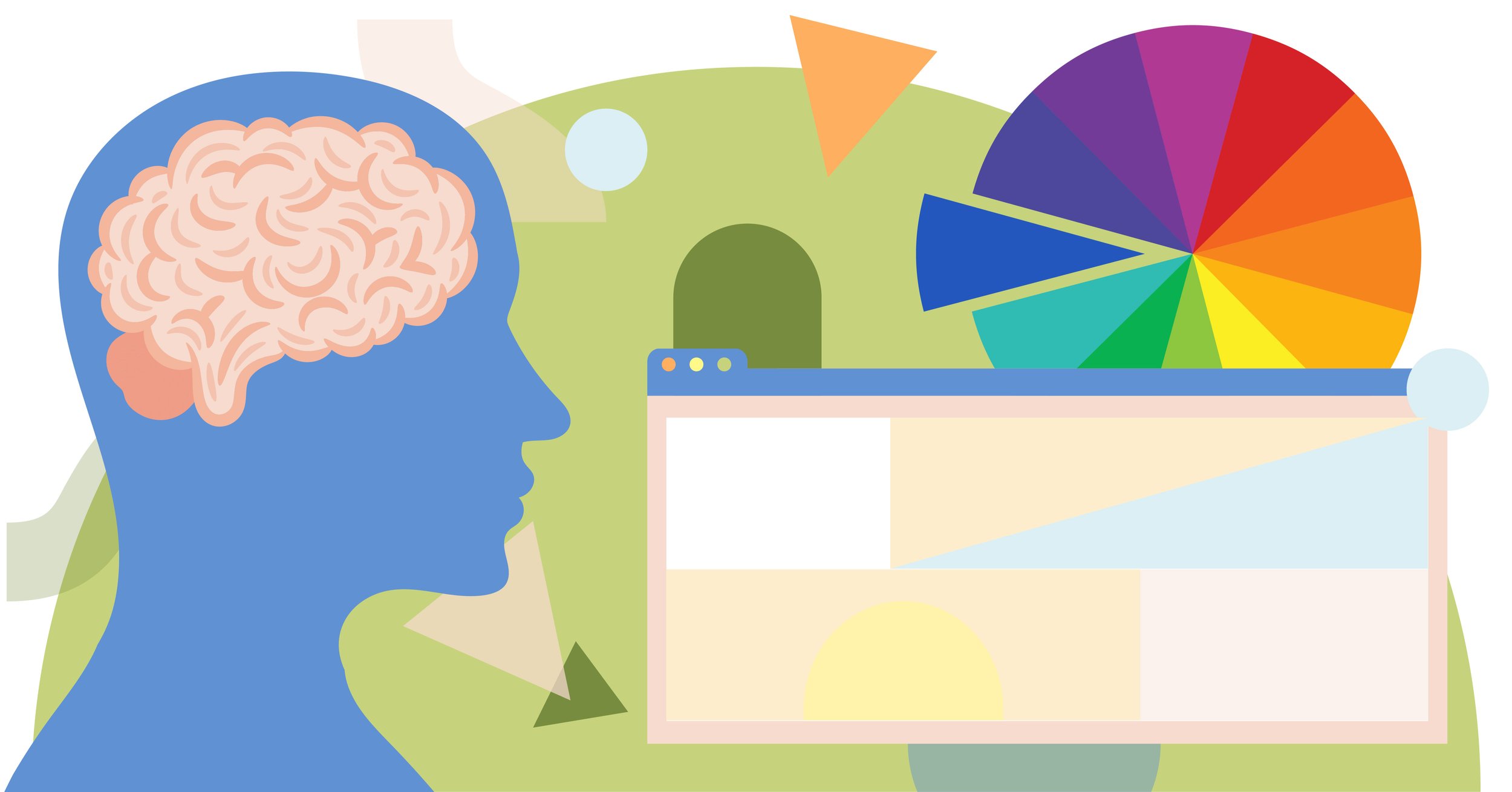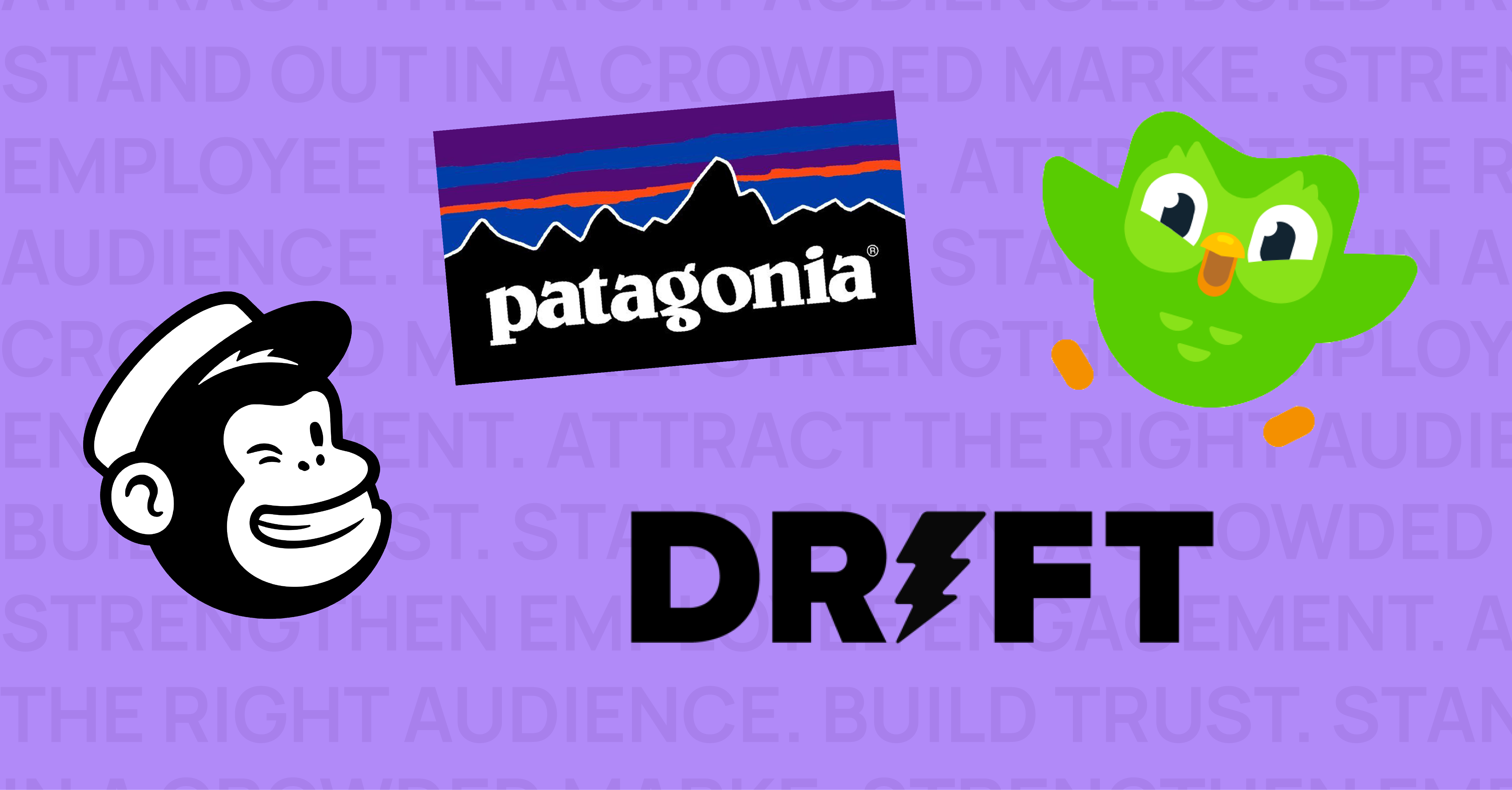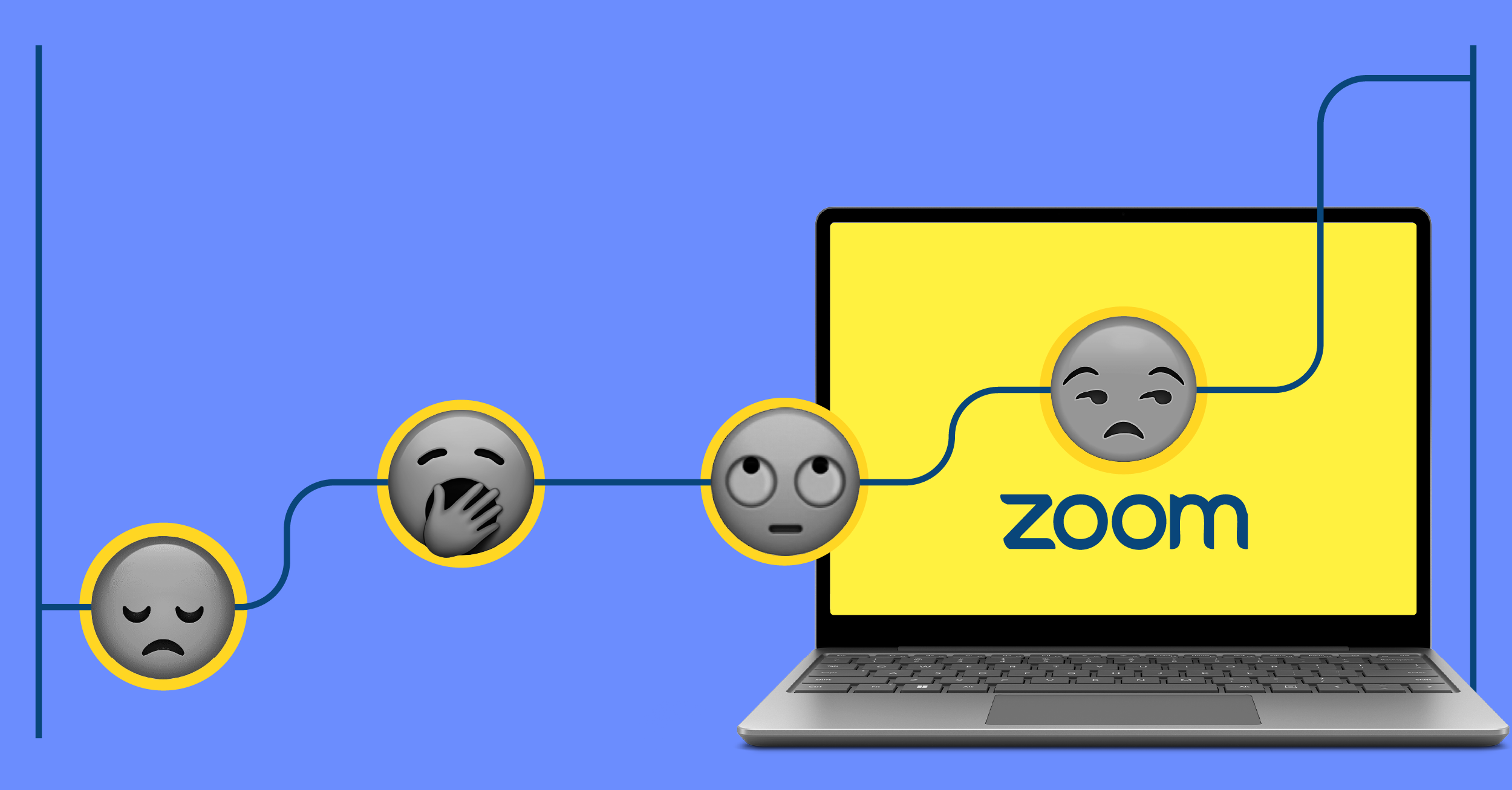If I write in red, do you assume this is an error—perhaps edits from a colleague indicating changes that I should make?
Well, rest assured, this is the real deal. The final, approved copy. I meant to write in red, both to prove a point and to make you uncomfortable. Or, more accurately, because I’m making you uncomfortable, you’re seeing my point, which is that color matters. (Fonts, or typefaces, matter too, but that’s a subject for another day.)
Don’t worry, this whole blog post isn’t in red type. Though that was tempting. But what if I switched to green, yellow, or orange? Well, for one, yellow is hard to read. Yes, visibility and legibility are important. But colors also convey emotions and feelings.
For example, when you look at orange, what do you feel and think about? If you said Hencove’s logo, you get the door prize. If you associate orange with warmth, confidence, and optimism, as well as feelings of motivation, you’re like most people. It’s hard to believe you can get all that just from the color orange. Whether we realize it or not, color is a significant driver in evoking human emotion.
The phenomenon I’m describing is known as color psychology. Color is a key facet of marketing and is often used to subconsciously increase brand recognition and provoke certain emotions within your target audience.
When you think about popular brands by color, a team of visually trained creative professionals strategically selected colors that elicit desired feelings in their audience. A few well-known brands that are associated with specific colors:
- Red: Netflix, Ferrari, CNN, Target, Coca-Cola, Xerox
- Orange: Dunkin’, Home Depot, Etsy, Amazon
- Yellow: Best Buy, McDonald’s, Hertz, Post-It, Nikon
- Green: Starbucks, Whole Foods, John Deere, Tropicana
- Blue: IBM, American Express, GE, Intel
- Purple: Taco Bell, Yahoo, Cadbury, Slack, Hallmark
- Brown: UPS, M&Ms, UGG, Nespresso
- Black: New York Times, Apple, Adidas, Uber
How to Show Your True Colors with Color Psychology
Color psychology isn’t new. As far back as the ancient Egyptians, color has been used to intentionally convey meaning and express feelings. In ancient Egypt, blue was intended to soothe pain; orange was known to increase energy; and yellow was thought to purify. More recently, there have been numerous scientific studies about colors and their association with emotion. Researchers gauge how colors make us feel by measuring our blood pressure, heart rate, and even brain activity in response to our exposure to colors.
Another early revelation of color psychology came from the German poet, artist, and politician Johann Wolfgang von Goethe. In his book Theory of Colours, van Goethe wrote about the span of emotions and opinions he experienced when exposed to various colors. He described yellow as “the color nearest the light.” At the time, his ideas weren’t accepted by the scientific community, but since then, modern research has validated much of his work.

This foundation has provided marketers with the knowledge to leverage color psychology. In marketing, the use of certain colors can generate deeper personal connections and encourage audiences to take certain actions. Also, colors harbor a variety of rich cultural contexts and meanings that can be used to communicate messages to different audiences. While colors are often valued for their aesthetics, their psychological potential is extremely powerful.
A Peek into the Marketing World
Studies show that up to 90% of an individual’s initial impression of a company or product is based on color. In addition to influencing consumer opinions, colors have also been proven to increase brand awareness by 80%. The following chart shows common (Western culture) color associations:
Your Guide to Mastering Color Psychology in B2B Marketing
It’s clear that color has a large influence on marketing and design decisions, but understanding the numerous contextual factors that need to be considered when choosing the right colors for your business can be less clear. Here are some tips:
- Know your audience. To effectively use color psychology, familiarize yourself with your audience. By analyzing their values, preferences, and cultural considerations, you will be better able to tailor your color choices.
- There’s a time and place for every color. Depending on the messaging and use case, you will want to convey a different message through a different medium. Do you want to use colors to cultivate a sense of excitement for a new product launch? Are you introducing your company as a dependable partner?
- Highlight the most important information. Another way to leverage color is to use it to emphasize important information on websites, social posts, and other marketing materials. In practice, this could look like changing the color of text on a heading or framing a call to action with a button.
- Be consistent. If you’re aiming to use color psychology to create brand recognition, consistency is key. If you want your brand colors to be associated with a positive experience, you must consistently pair those colors with a corresponding positive message to create those psychological connections.
- Don’t let colors constrict you. While the guidelines may seem strict, sometimes rules are meant to be broken. For example, even though green is commonly associated with money and therefore is frequently used in finance, it doesn’t mean that green can’t be used in any other industry. When utilizing color psychology, the key to success is choosing colors that most accurately represent your company values and align with your customer base.
Color psychology is a powerful tool when used effectively, and mastering it requires careful consideration and research. As marketers, we recognize that color plays a significant role in influencing our audience’s emotions and perceptions and can utilize its impact across various materials. Whether you choose red, blue, green, or Hencove orange, remember that color is more than just aesthetics. It’s a language that communicates feelings.



